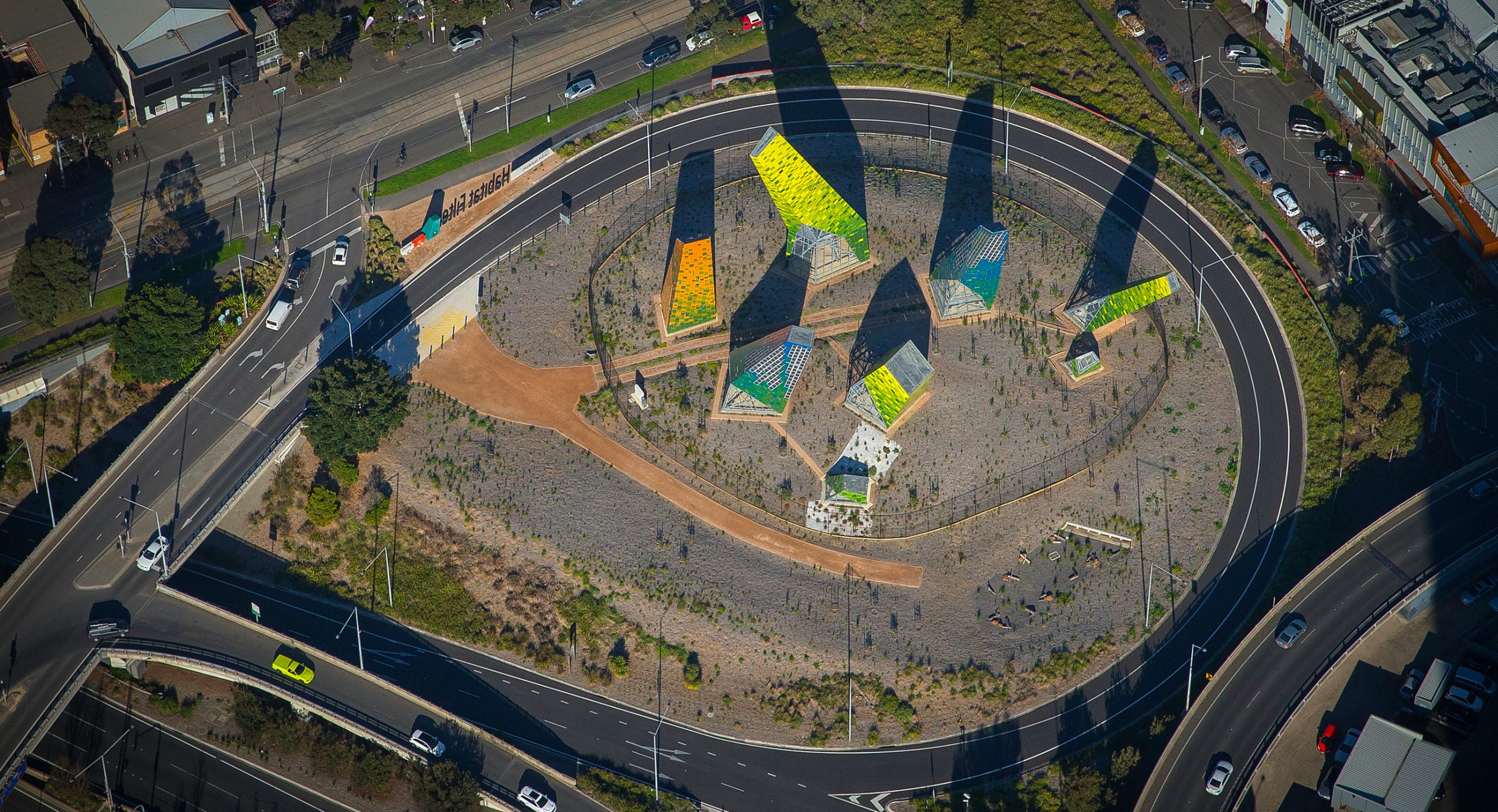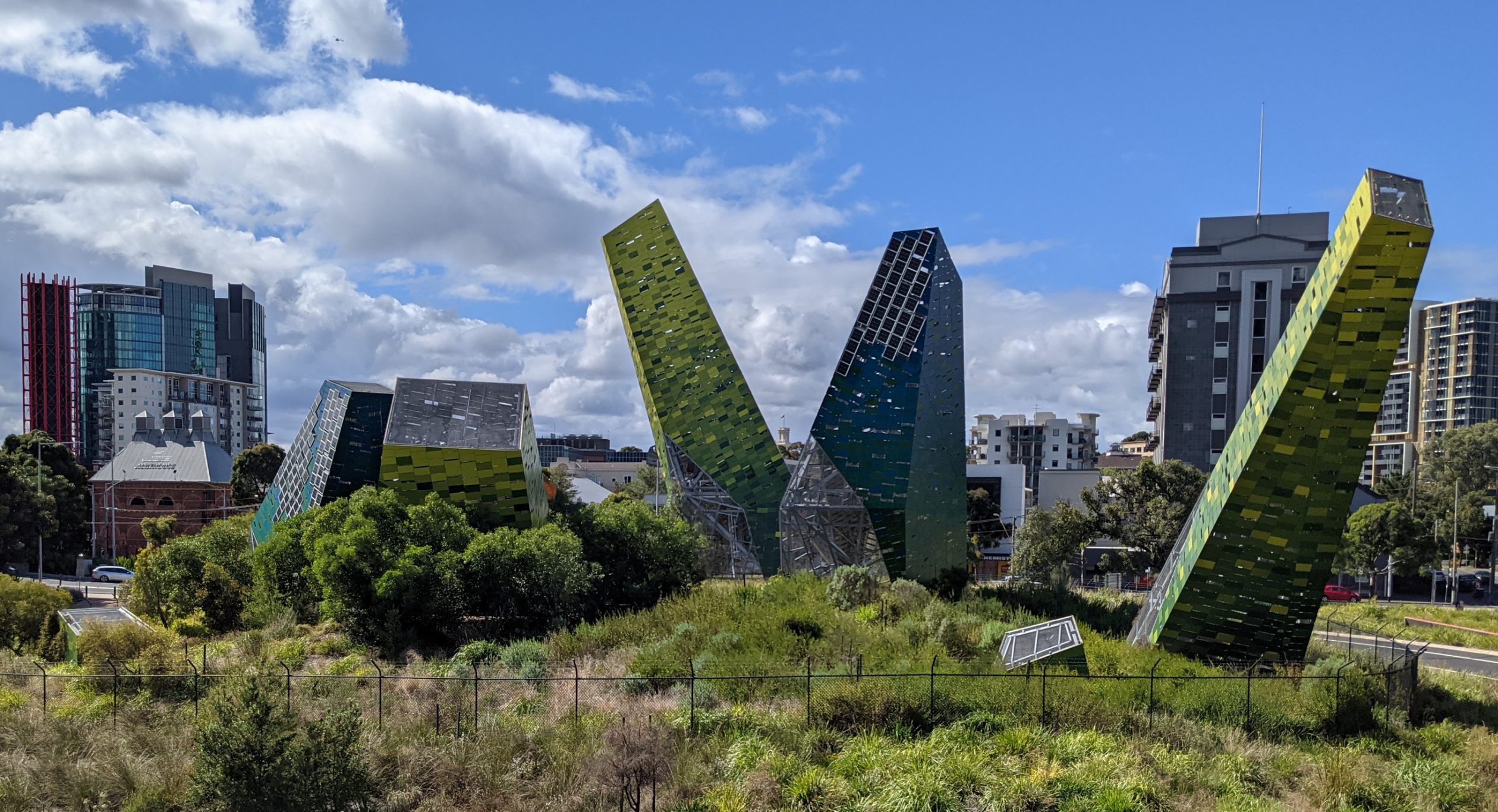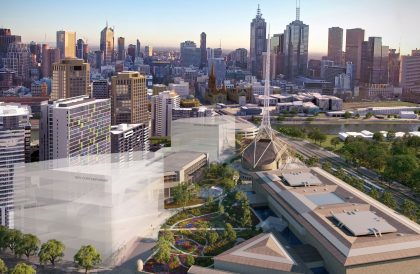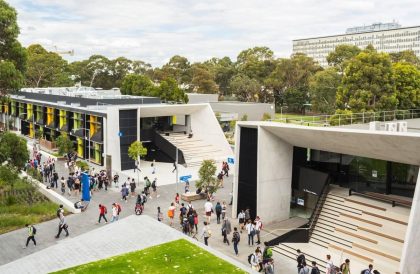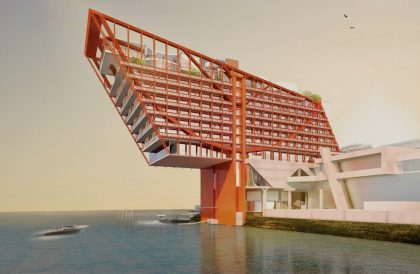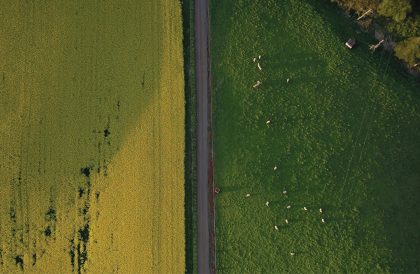Habitat Filter
Habitat Filter is a working landsculpture and the result of a public design competition by Transurban.
Encircled by a freeway off-ramp in Melbourne’s Arts Precinct, the landsculpture features eight ‘pods’ protruding from the ground, made from largely recycled materials. The pods, the largest over 25m high, feature a range of sustainability elements — solar panels to offset nighttime illumination, nesting boxes for birds and bats, and water tanks collecting rainwater for the 18,000 native plants planted by Landcare Australia.
The winning design was a collaboration with Matt Drysdale (The O.C.D.) and Matt Myers.
Specific scope included:
- Analysis of functional requirements and needs
- On-site observations and assessment
- Co-design and co-creation
- Workshop facilitation
- Supporting diagrams and illustrations
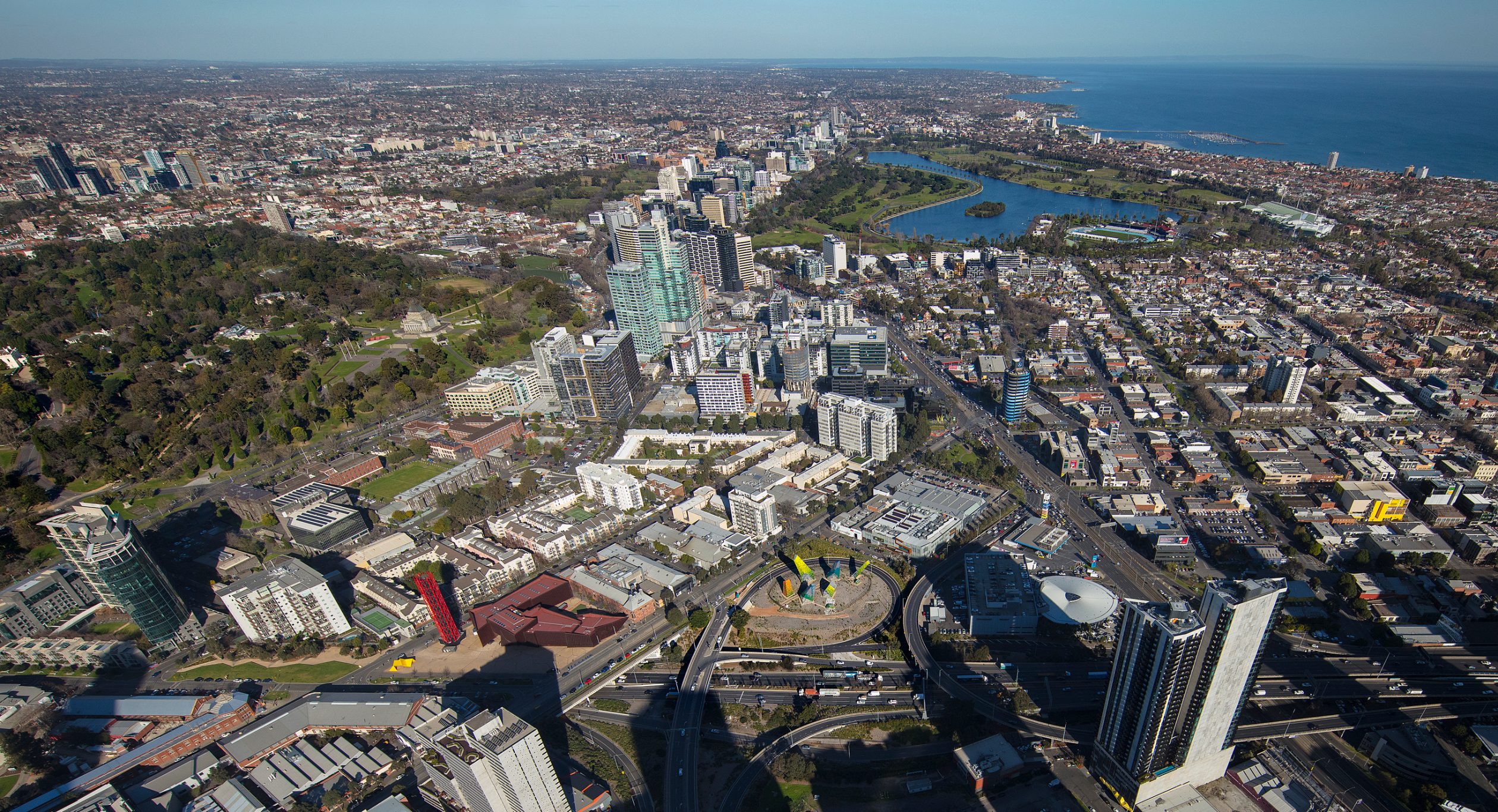
Largest wayfinding landsculpture in Melbourne working to improve
the local environment for plants and animals.
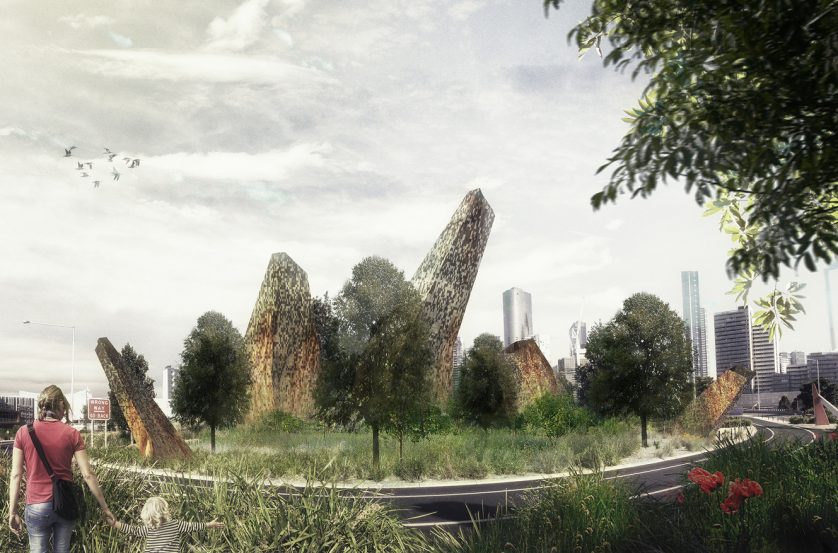
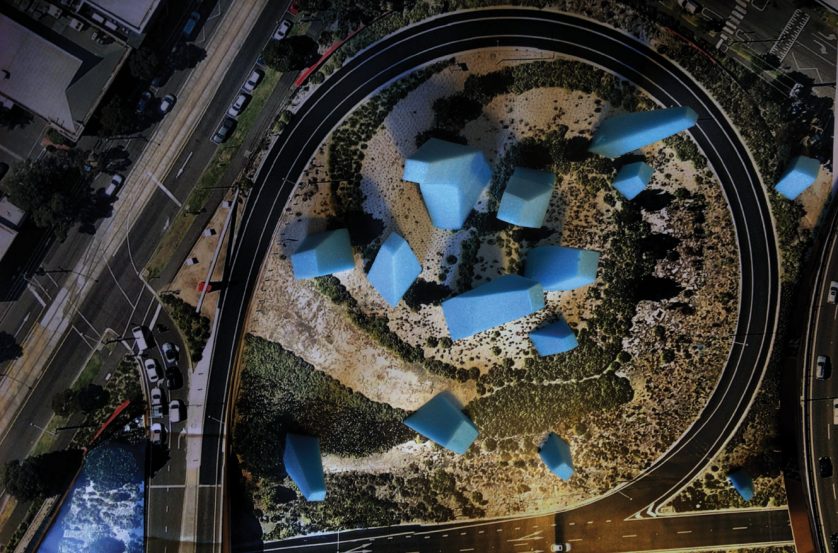
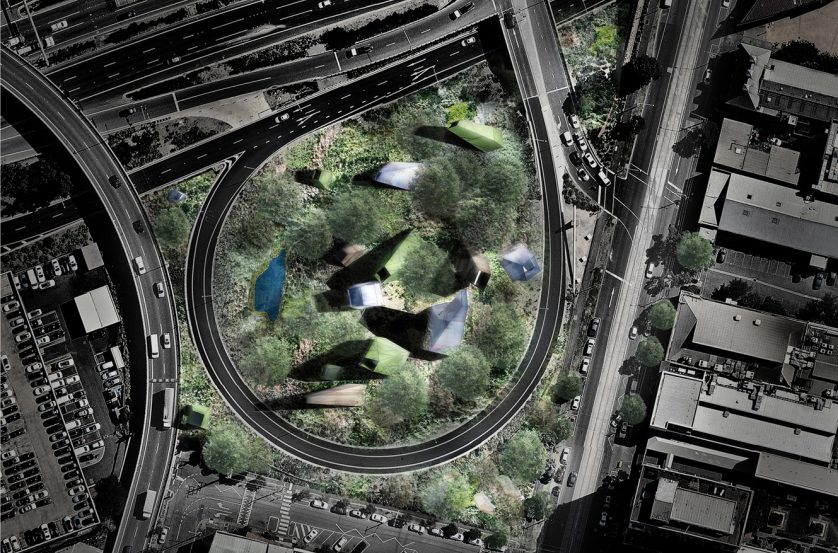
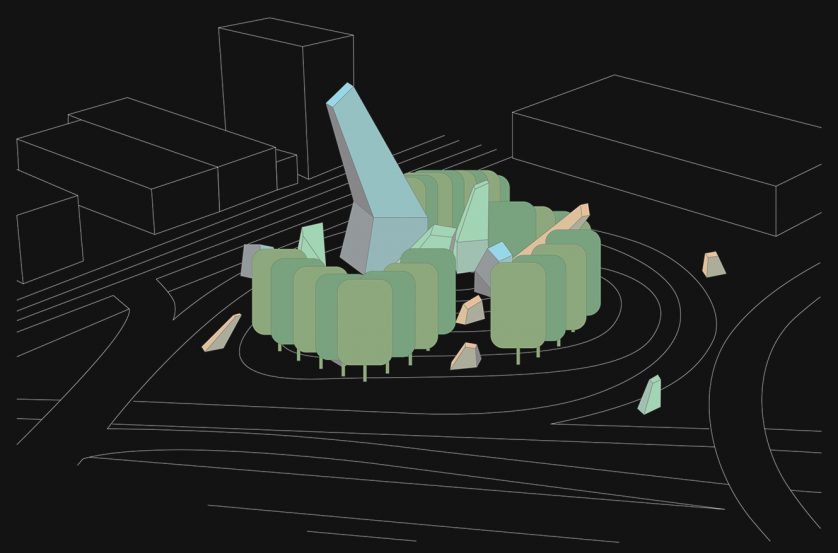
The design tackled sustainability in three ways:
Resources
Capture – photovoltaic cells capture solar electricity, rain water collection points and storage in underground water tanks.
Filtration – rain water filters through sedimentation ponds and climbers take particulates out of the air.
Regeneration
Flora – working with Landcare Australia, the site includes 18,000 species that are endemic to the area.
Fauna – bird boxes designed for native bird, plant species to support birds and bees while the site is a habitat “stepping-stone” in a broader network of across Transurban’s road network.
Reconnect
Engagement – the pods visually interact with their context, piques public interest and promotes discussion.
Education – providing visibility to the collaborative work of Landcare Australia across the Transurban network including additional information and statistics.
Our project achieved a 31% carbon footprint reduction through positive design and construction initiatives. With an improvement in ecological value of 0.347 or ‘3 points’ under the Green Building Council of Australia’s rating system.
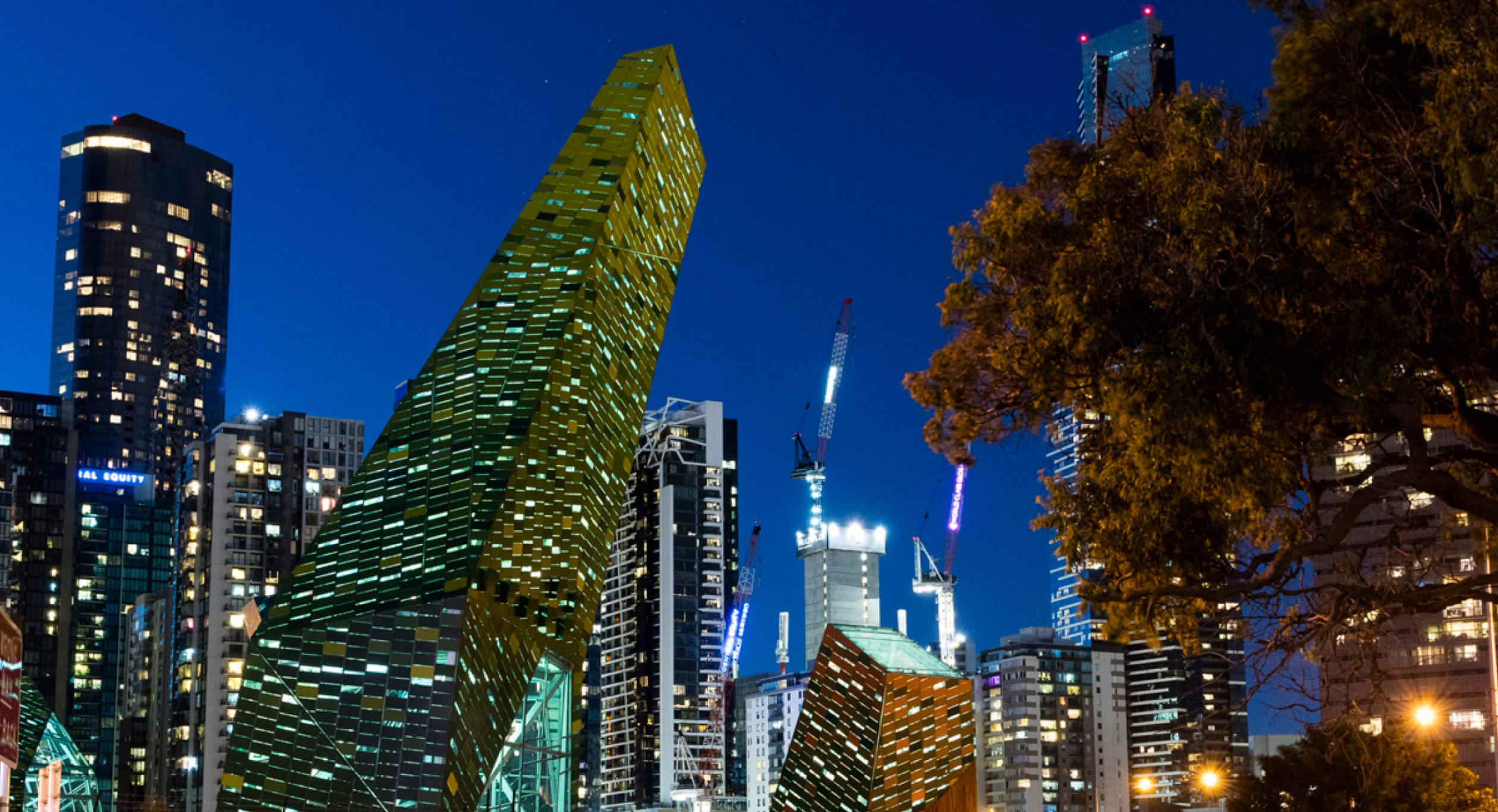
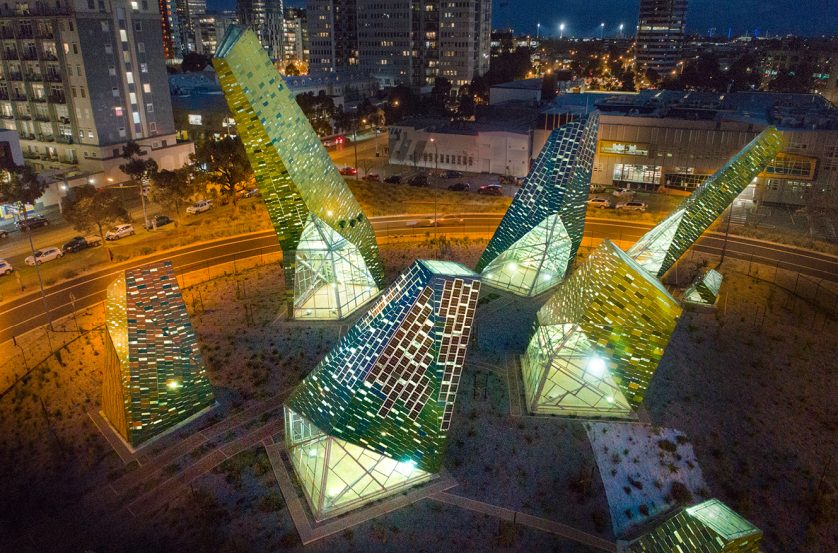
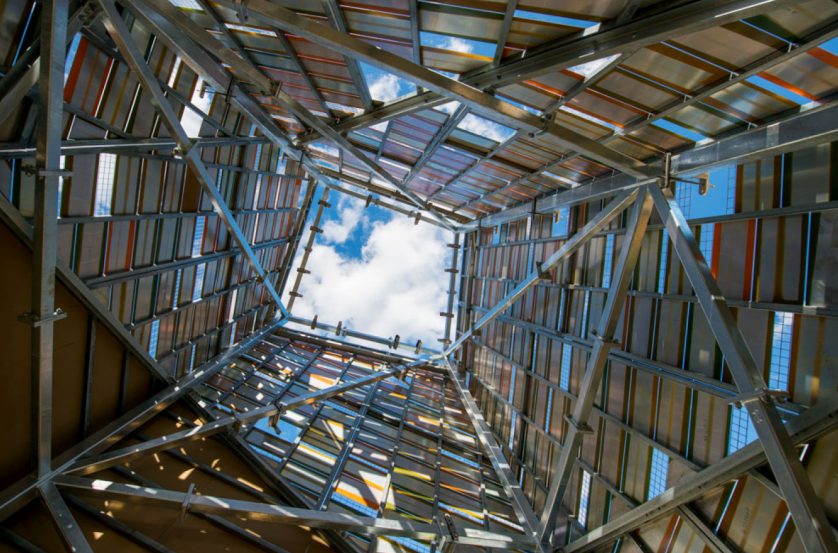
Working with Landcare Australia, the site includes 18,000 species
that are endemic to the area and is part of a network of habitat corridors.
